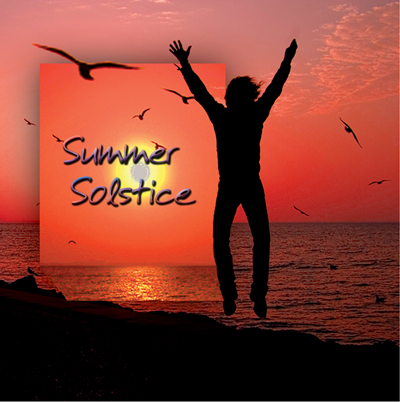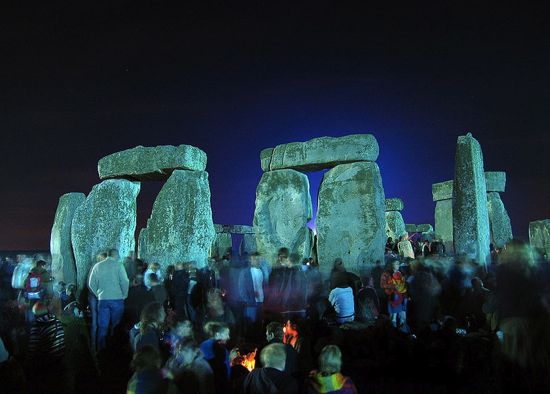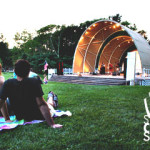A Celebration of the Sun! Worship more like. Woohoo! Finally after all the pouring rain, Friday, June 21st, is the first official day of Summer 2013!
Sometimes referred to as “Midsummer Litha” – this IS the longest day of the year and the shortest night. What’s more glorious is this year it lands on a Friday offering more than 15 hours and 5 minutes of sunlight.
On the 21st, the sun is the highest it ever gets in the sky at high noon. Be sure to check out your noontime shadow – it will be your shortest noontime shadow of the year. June 21, 2013 is the meteorological start of summer – the sun’s most northerly point in Earth’s sky – marking the beginning of the heat, the sweat, the humidity. It’s time to s l o w d o w n, relax and enjoy vacations, great weather, lazy days with family and friends, BBQs, the outdoors, the beach, music, baseball, and everything else that goes along with the most favorite season of the year! Early dawns. Long days. Late sunsets. Short nights. Grab your favorite beverage and enjoy the daylight, because for many of us summer is way too short. Soon after the summer solstice, the length of daylight will grow shorter each day until the winter solstice in December, when the shortest amount of daylight occurs. Get the most of your summer, check out some of our summer family fun ideas for $15 and less.
Friday, June 21, 2013 | Summer Solstice
SUNRISE 5:25 AM
SUNSET 8:30 PM
Did You Know?
- Sol + stice derives from a combination of Latin words meaning “sun” + “to stand still”. As the days lengthen, the sun rises higher and higher until it seems to stand still in the sky.
- In temperate regions, the Sun is higher in the sky throughout the day, and its rays strike Earth at a more direct angle, causing the efficient warming we call summer.
- The sun does not set at the North Pole today. There is 24 hours of sunlight. Does it make up for that cold day in December when the sun does not rise above the horizon? No, but on this day it sure does feel good wherever you are!
- The Northern Hemisphere celebrates in June, but the people on the Southern half of the earth have their longest summer day in December.
- Ancient cultures built monuments, such as Stonehenge(below), to follow the sun’s yearly progress.












Early dawns. Long days. Late sunsets. Short nights. #Summer #Solstice http://t.co/CK4cihYKO9
Ahhh…#Summer Solstice just a few hours away! http://t.co/TcKEkcfG5I
#SUMMER’S IN! http://t.co/KTaTJ7XsPG http://t.co/Og7Y5jSICw